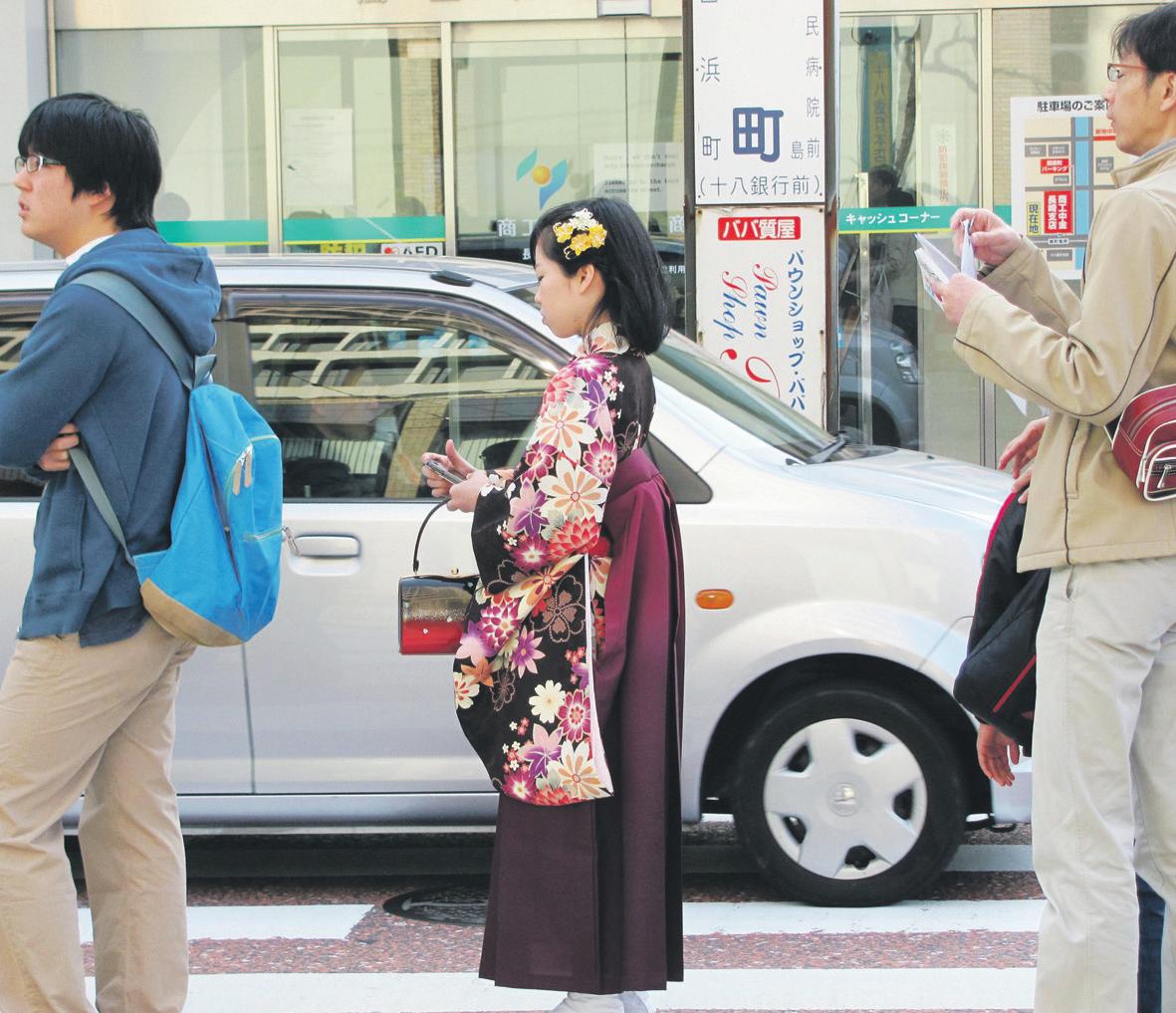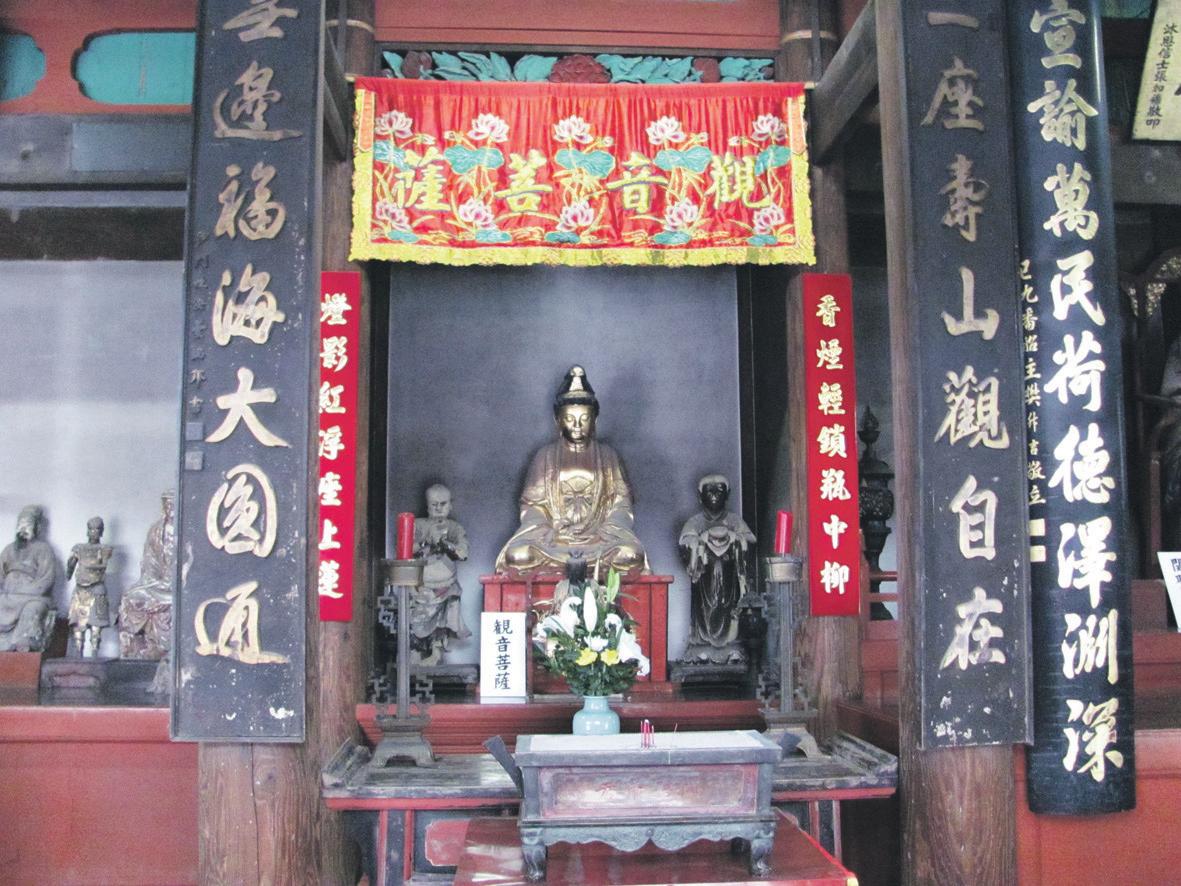
2 minute read
History made in Nagasaki
from 2013-07 Sydney (1)
by Indian Link

Set against a hillside overlooking a splendid natural harbour, Nagasaki, a city of under 500,000, lies on the southern Japanese island of Kyushu. There can be no better way of arriving here than by cruise ship as I did, on a gloriously sunny day with boats and ferries chugging by. A delightfully pretty and compact city ideal for exploring on foot, Nagasaki was especially impressive in March since the famed cherry blossoms were in full bloom. This was my first visit to Japan and my initial impressions were that the locals were calm, exceedingly polite and fastidiously neat and clean. As I crossed the street using the pedestrian walkway, a woman followed with a broom, sweeping the pavement behind me. In washrooms, hand-basins talked, providing instructions in Japanese, and there were hand sanitiser dispensers throughout department stores. Money for purchases was pushed backwards and forwards with great ceremony on a tray, with even the smallest purchase, in this case a postcard, neatly wrapped. Stand contemplating your map and someone will come to your aid. There was an odd juxtaposition of old and new, of young girls with iPods wearing kimonos, of clacketty old streetcars and bullet trains. And there is no other Japanese city where beauty and tragedy are so intertwined. Missing its military target by several kilometres due to fog, the northern part of the city was obliterated by the atomic bomb of August 9, 1945, three days after American forces destroyed Hiroshima in World War II. The bomb obliterated the Urakami neighbourhood, a slum inhabited by Christians and burakumin, described as the ‘untouchables’ of Japan, killing 74,000 people and injuring 75,000 more. There are poignant reminders in the city, including Peace Park and the confronting
Nagasaki Atomic Bomb Museum. Nagasaki was Japan’s most cosmopolitan city from the 16th through to the 19th centuries, though foreigners were kept isolated. In 1549, Francis Xavier and two fellow Jesuits who had sailed from India waded ashore from their ship, the first missionaries in Japan. Receiving a friendly welcome from a powerful lord, they were allowed to preach and convert. Jesuits and later Franciscans introduced Christianity with over 300,000 converts by 1597. But the tide turned on the missionaries. Alarmed at the growing surge in numbers, the government banned Christianity, burnt down 130 churches and crucified six European missionaries and 20 Japanese followers, the youngest a 12-yearold alter server boy. The deaths were a result of the danger of professing the Christian faith in a Buddhist country that had become torn by internal war and a fear of foreign conquest. All 26 were declared saints by the Catholic Church in 1862, and a small chapel and monument were built in 1962, in their memory.

An artificial island was built in 1634 named Dejima, to house Portuguese traders. After 1639, the Portuguese were ordered to leave, replaced at Dejima by traders from the Dutch East India Company. While Japan remained sealed off from the outside world, Nagasaki was the only city that allowed foreign traders, including a few Chinese who built temples on the hillsides, a Confucian shrine in 1893 and a small vibrant Chinatown.

With the cruise ship terminal located right in the city centre, I followed the narrow river that meanders through the city to










